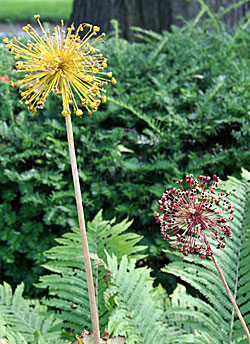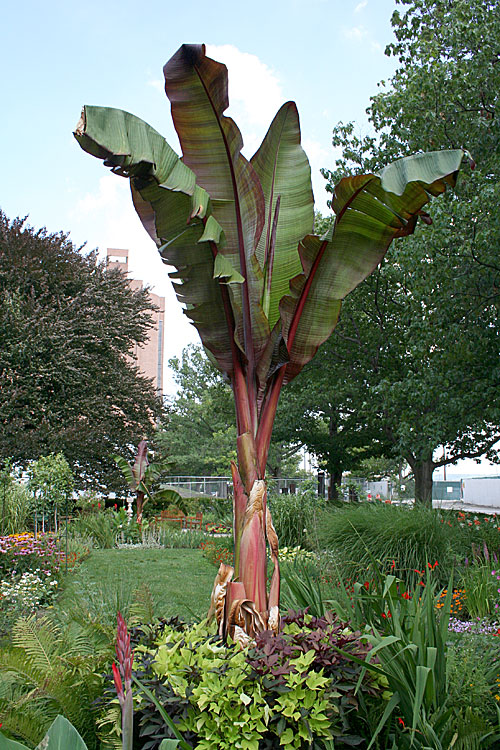Looks like we’ll have new neighbors soon. If any of you are thinking about moving to Ithaca, have I got a place for you.
One of the charms of this location when we bought our house here in 1999 was the little country church across the road. My recollection is that it was built in 1896 specifically for a wedding of one of the members of the founding family of Ellis Hollow. I posted an aerial picture of it last spring.
Attendence was always light. (You couldn’t get 20 people to show up if you were selling salvation five for a dollar, a curmudgeonly neighbor told us when we moved in.) Seems like it closed for long stretches in midwinter and midsummer. There were occasional weddings that always brought a tear to my eye — one just a couple and the preacher alone on the front lawn. Â (If I was a novel writer, I’d have come up with a back story for that scene.)
Well the church closed for good a couple years ago. Eventually, a local developer bought the property and since last fall has been remodeling the church and building a ‘carriage house’ (three-car garage and apartment) behind it.
It’s a small lot. But if any of you fine garden bloggers want to be our neighbor, we’d gladly share some of our gardening space with you.
The price, you ask? Only $650,000. Though I suspect there’s a little wiggle room in that.
More pictures and details at the realtor’s website.








 An article in this morning’s NY Times calls into question whether or not local food is actually better, if you’re concerned about reducing energy consumption. (See
An article in this morning’s NY Times calls into question whether or not local food is actually better, if you’re concerned about reducing energy consumption. (See 
